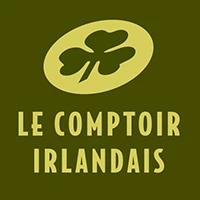Archives
Find the presentations and tasting notes of spirits that we proposed at Le Comptoir Irlandais.
Search in products
Price
Our cellar
- Our Cellar
- Best spirits 2025
- Whisky
- Rum Cellar
- Gins
- Beers
- Ciders
- Champagne
- Cocktail selection
- Archives
- Other selections
- Offre Spéciale Verre
- Whisky, Rum, Gin and Beer Gift Boxes
Our recommandations






